QuestionI have an8 yr old arab gelding that I purchased 3 yrs ago..he was green broke and when I brought him home he was very spooky...was not able to work with him last yr but am making good progress this yr--my question is that when I try to canter him he won't stay in it and goes to fast and starts to turn...he also sometimes bolts..what can I do to get him to start cantering in a controlled manner..do lunge him and it seems like he is not interested to get into the canter..his equip is fine, everything fits..help. He is really warmed up to me and learns quickly but this seems to be difficult for him to make this transition smoothly into a canter...he also sometimes will throw a buck on the trail if cantering up a hill...
AnswerHi Milly!
Your Arab is still green. Lunging is not ground work. It is not useful in getting to your horses mind. Your Arab has quite a few holes in his education and you will have to study hard so that you can teach him with quality.
If your horse can't hold the canter or the lead, he is bolting and bucking, you are doing too much. This is not about the canter at all. This is about leadership, trust, feel, timing and balance. All of these issues will be solved at the walk and the trot. When you have softness, lateral movement, you can control each and every footfall, the canter will just be an issue of adding a bit more energy.
Horses buck and bolt at the canter when they are being chased into the gate, when they are braced and fearful. The majority of you school needs to be at the walk and trot. There isn't anything that you really need to do that can't be done in the walk and trot.
Here is where I would start you, first I would do a check of all of your ground work, making sure you can get hind quarters, front quarters, leg yield and full pass, backing a proper circle, all of this from both sides of the horse. Then I would check out how confident your horse was with your flag, tarp and slicker and make sure you both could handle changes in energy, bringing the energy up and then down. When all of this looked good on the ground, then the same things would be done under saddle. Next, there needs to be a focus on your lateral work, leg yield and haunches in. You have to have this prior to any sort of canter work. Along with this, there would be miles spent in the round pen just allowing the horse to go forward without being pulled on. This is where good ground crew for you will be so important. If you have someone you trust that can really help you, get into the round pen and half hitch your reins over the horn or tie them with twine if you are riding English, then walk trot and canter or lope your horse in the round pen making the commitment to NOT touch your reins. To get your horse to canter, just trot him faster than what he can trot. He is not ready to canter out of his tracks. If you do kick him and tell him to canter without his feet being free and with you pulling on him out of fear or uncertainty, he will buck and will not be able to maintain the gate. You horse has to be able to GO first BEFORE you can start to attempt collected work.
Often times it is the rider and their fear that makes it impossible for the horse to canter. The rider is braces and still in their body and pinch in their legs and pull on the reins without really realizing what they are doing. The horse is not free to move. They are being pulled on and kicked all at the same time. This too will be the source of bucking, out on the trail or in the arena.
Trotting your horse, on a draped rein or from the buckle, allows the horse to move freely. Trotting them faster than what they can trot, allows your idea, the canter, to become the horses idea! This creates partnership and understanding. One day you will be able to canter out of your tracks, but not until you lay the foundation for this to happen.
So, stay at the walk and trot until you KNOW and can identify what lead your horse is on. Yes, they have a lead at the walk and trot. Know when each foot is leaving and striking the ground, this is called counting cadence and is very important, critical in fact in your ability to ride with quality. When you can get through all of the things I mentioned in this note, then you can start a bit more canter work. I haven't even approached the subject of soft feel yet. Work on all of this first and then give me a shout and let me know how things are going. If I have used terms or concepts that you don't quite understand, let me know and I will clarify!
Smiles!
Denise

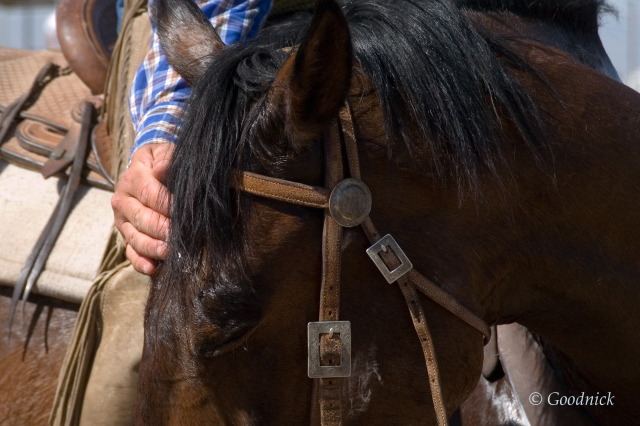 Halter breaking an older horse!
QuestionQUESTION: I am at a total and complete loss of
Halter breaking an older horse!
QuestionQUESTION: I am at a total and complete loss of
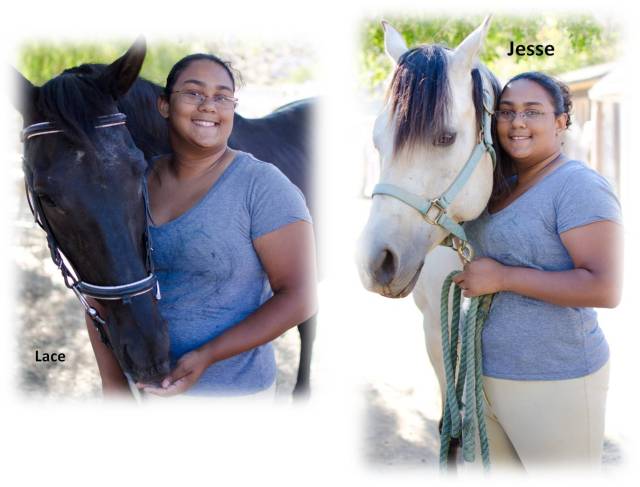 Thank you!!!
Question
Me & My Girls
Hi Rick,
I sent you
Thank you!!!
Question
Me & My Girls
Hi Rick,
I sent you
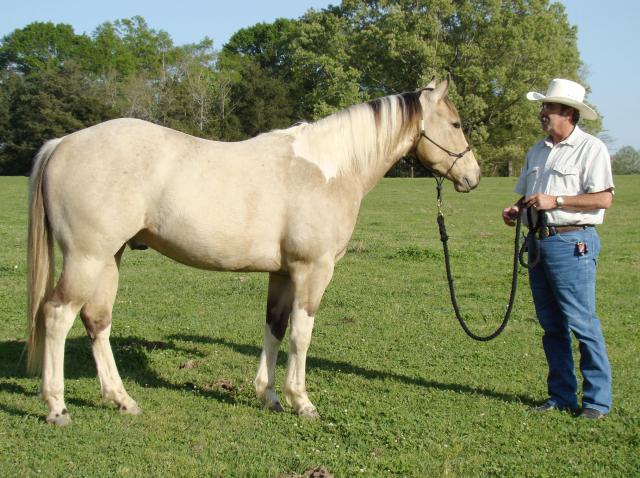 My horse has a bad habbit.
QuestionI bought a Walking horse about 2 weeks ago, he
My horse has a bad habbit.
QuestionI bought a Walking horse about 2 weeks ago, he
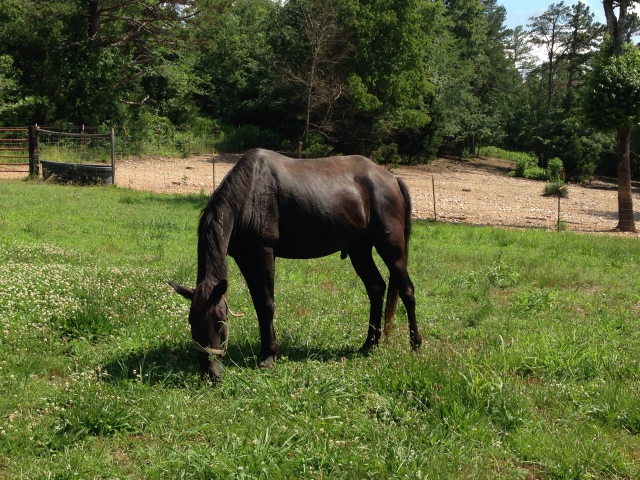 My Horse acts like a completely different horse when I let him out of his pasture/pen.
Question
My baby
I have a 20 year old fully brok
My Horse acts like a completely different horse when I let him out of his pasture/pen.
Question
My baby
I have a 20 year old fully brok
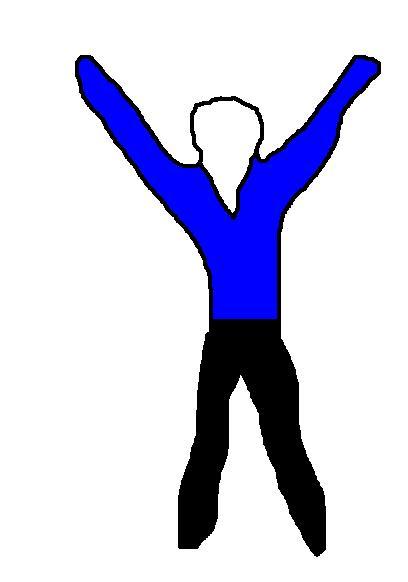 throwing hands into the air
Questionthrowing hands into th
QUESTION: hello s
throwing hands into the air
Questionthrowing hands into th
QUESTION: hello s